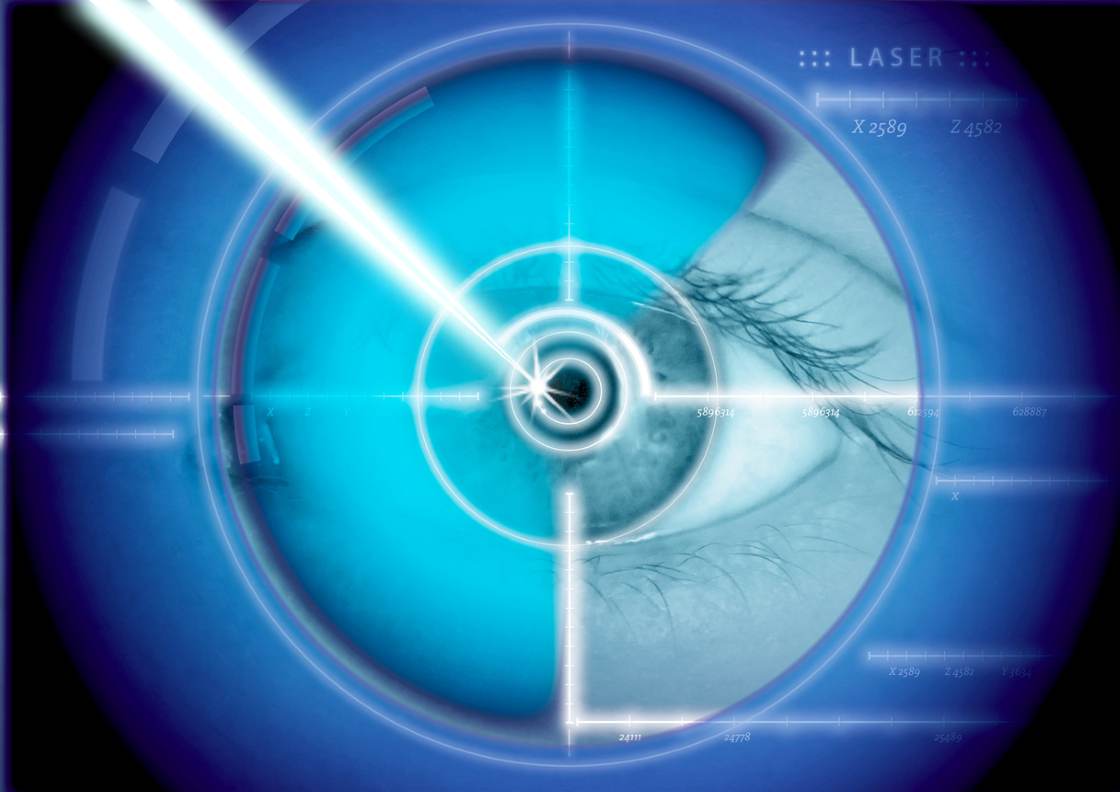January is Glaucoma Awareness Month. Over four million adults across the United States have glaucoma, a condition that can drastically affect vision. Thanks to new advancements in treatments and early detection, 2025 may be a pivotal year for new treatments for glaucoma. For Glaucoma Awareness Month 2025, the future looks bright for glaucoma patients.

Understanding Glaucoma
Glaucoma is the leading cause of preventable blindness worldwide. It is an eye disease that causes progressive damage to the optic nerve, eventually leading to vision loss and, in some cases, blindness. There is no cure for glaucoma, but there are treatments that can reduce the risk of vision loss.
It’s not known what triggers glaucoma, but it is often linked to excessive pressure inside the eye, called intraocular pressure. Other risk factors for developing glaucoma include:¹
- Large optic nerve
- Thinning of the optic nerve
- Closed drainage angle inside eye
- Thin cornea; tissue
- A family history of glaucoma
- Being of African, Hispanic, or Asian descent
Glaucoma is most common in adults over the age of 40, but it can occur at any age. Glaucoma in younger people is of particular concern because it can be more aggressive and progress more quickly than glaucoma in older adults.²

Traditional Treatments vs. Innovations
Glaucoma treatment has traditionally included medicated eye drops to control eye pressure. Drops can promote drainage of fluid within the eye or decrease fluid production. You may need a combination of medications to manage glaucoma, and treatment is lifelong.
Surgery is also an option for some individuals with glaucoma. Surgery is usually a procedure to place a stent in the eye to improve fluid drainage. Surgical options, such as trabeculectomy, increase the drainage angle inside the eye to reduce intraocular pressure. Stent surgery is another option. Micro-invasive glaucoma surgery (MIGS) is a highly customizable procedure where your surgeon places a tiny stent in the eye to drain off excess fluid.³
A newer, innovative glaucoma treatment option is selective laser trabeculoplasty (SLT). With this procedure, your eye doctor applies laser energy to the tissue inside your eye, stimulating the affected tissue to increase the natural drainage process. SLT is an outpatient procedure that takes about 5-10 minutes and has no downtime for recovery. It can be repeated as needed to maintain results.
In the past, STL was considered after trying medicated eye drops. However, the 2023 LiGHT study comparing outcomes after treatment with STL for glaucoma management and eye drops showed that STL is more effective than eye drops. Participants in the study who received STL instead had less disease progression and less need for surgery later compared to participants on an eye drop regimen.⁴
This study confirmed that STL is the best first-line treatment for glaucoma. As Dr. Christine Funke says, “Always SLT first. I’d never put a drop in my eye.”
New and Emerging Treatments in 2025
Researchers are continuing to investigate novel methods of glaucoma treatment. Gene therapy, new generations of drugs, and so-called smart technologies are illuminating new pathways for treating this condition.
- Gene therapy advancements: Researchers in Ireland have developed a groundbreaking gene therapy that may repair optic nerve damage. Studies are ongoing, but researchers hope this will result in treatment protocols to protect and regenerate optic nerve cells.⁵
- Neuroprotective drugs: Researchers are examining the potential of therapies that can protect the optic nerve and ward off damage due to glaucoma. Studies are underway to determine if antioxidants like nicotinamide (vitamin B3) or a combination of coenzyme Q10 (CoQ10) and citicoline can provide neuroprotective benefits in glaucoma.⁶
- Smart stents and drainage implants: Stents have been a facet of glaucoma treatment for years. The latest generation of these tiny drainage devices includes advanced materials that reduce the risk of blockage. New stents are more effective for longer periods.⁷
Artificial intelligence has an increasing role in diagnosing eye disease. AI tools can analyze diagnostic images and identify signs of diseases such as diabetic retinopathy and macular edema. There may soon be similar tools for use in glaucoma screening.⁸

A Bright Future for Glaucoma Patients
The scientific advancements expected in 2025 mean fewer people will lose their vision to glaucoma. With better early detection for glaucoma and cutting-edge treatments, living a full, healthy life is more achievable than ever.
Contact West Texas Eye Associates today to schedule a comprehensive eye exam.
Sources:
- Glaucoma Research Foundation: “Understanding Glaucoma.”
- Parab, A., Kavitha, S., Odayappan, A., & Venkatesh, R. (2022). Clinical and demographic profile of patients less than 40 years of age presenting to glaucoma services at a tertiary care eye hospital in South India. Indian Journal of Ophthalmology.
- National Eye Institute: “Glaucoma Surgery.“
- Gazzard, GusAdeleke, Mariam et al. Laser in Glaucoma and Ocular Hypertension (LiGHT) Trial, Ophthalmology.
- Trinity College Dublin: “Novel gene therapy shows promise for treating multiple eye diseases.“
- Glaucoma Research Foundation: “Understanding Neuroprotection in Glaucoma.“
- Pereira, I.C.F., van Mechelen, R.J.S., Wyss, H.M. et al. Magnetically actuated glaucoma drainage device for regulating intraocular pressure after implantation. Microsyst Nanoeng.
- Yousefi S. Clinical Applications of Artificial Intelligence in Glaucoma. Journal of Ophthalmic & Vision Research.
